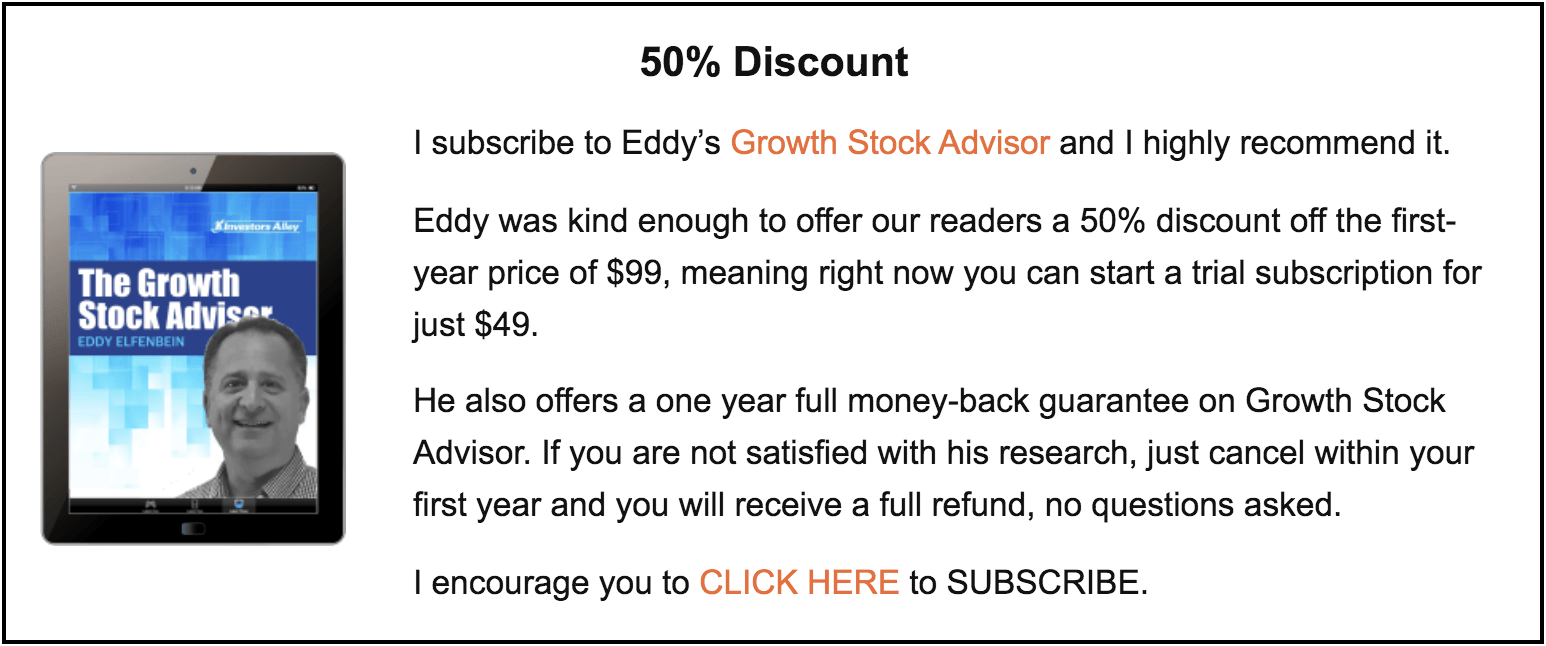 My instrument check ride was already scheduled when I got a call from Larry, my flight instructor. He told me to come out to the airport immediately, today would be one of the best learning experiences he could offer.
My instrument check ride was already scheduled when I got a call from Larry, my flight instructor. He told me to come out to the airport immediately, today would be one of the best learning experiences he could offer.
It was a cloudy, soppy, rainy day; nothing going on, so I drove to the airport. Larry said today we would fly in real IFR (Instrument Flight Rules) weather, not just a simulation. We filed an instrument flight plan from Schaumburg, IL to Rockford. We planned an instrument approach there, then another at DuPage County airport, and then back home.
We received our IFR clearance and off we went. Immediately we were in the clouds. I was totally dependent on the instrument panel. Much to my surprise, at 3,000 feet we popped out of the clouds and it was a beautiful, sunny day; quite a contrast to what we left on the ground. I shot my IFR approach at Rockford, just as planned. We were soon cleared to land at DuPage. I hit my stopwatch and went over the outer and middle markers. As the stopwatch ticked down, my heart was pounding. The airport was at minimums, in a matter of seconds, I may have to declare a missed approach. With less than five seconds on the clock, the runway appeared right in front of us, just like it was supposed to. It was an exhilarating experience.
After the lesson, we went through our normal debriefing. I commented about the beautiful sunshine being a surprise. Larry remarked, “With good equipment, proper training and experience, you can always find sunshine, regardless of the weather.
Over the years I realized Larry’s comments also applied to life, and investing. I saw many hotshot brokers making money during the internet boom, thinking they were pretty smart. When times got tough, they did poorly, not trained or experienced enough to invest wisely and find sunshine in turbulent times.
Finding winners
Last year, we interviewed Tony Daltorio, one of our panel of experts. Tony wrote “The Growth Stock Advisor”, a publication looking for companies that are likely to grow ahead of the norm. Tony accepted another assignment within the company.
A good, well-respected editor, Eddy Elfenbein took over for him. Eddy’s been in the investing world for nearly three decades, first on the sell-side and then on the investor side. He’s been running a very popular investment research service that’s beaten the S&P 500 eight of the last 12 years. He’s a regular “go-to” expert with the likes of Bloomberg TV, CNBC, and others. I told my contact I never endorse anyone I am not totally comfortable with; I took a pause in promoting the publication.
I recently reviewed Eddy’s performance for 2019 and I am pleased to introduce him to our readers. Excluding the newly added December recommendation, Eddy added 9 stocks to the portfolio. 6 of the 9 are winners, with an average gain of 18.78%. The three losers average 3.53%. The worst pick is down 6%. In addition, he is an educator, I have learned a great deal about finding winners in a tough market.
DENNIS: Eddy, welcome to our panel of experts. On behalf of our readers, thank you for taking your time for our education.
Let’s get right to it. After reading your monthly reports, you have found good growth opportunities in huge, well-known companies, and small, little known companies alike. I recall one of them got a nice boost when they were added to an S&P 600 index.
Eddy, what do you look for? How do you find these opportunities that are all over the map?
EDDY: Dennis, first of all, thank you for inviting me. That’s a very good question. I like to think of myself as a private eye, but instead of searching for leads in a case, I’m looking for leads in excellent companies.
What I like to find are stocks with strong positions in their respective markets. A good indicator is companies with high operating margins. I also like to seek out companies with consistent operating histories.
For example, a company we recently added is Tyler Technologies (TYL). They make computer software that helps streamline state and local governments. It’s great to have a customer that will never go out of business.
You’d also be shocked to learn how many local governments still use filing cabinets. Tyler helps these folks control costs which tax-payers love to hear. Tyler has a retention rate of 98% and two-thirds of their revenue is recurring subscriptions.
DENNIS: One of the biggest problems a lot of us have is deciding when to sell. When do we cut our losses? When do we sell growth stocks that may have a nice gain? Eventually, the market catches up with the company and the stock is fairly valued, or hopefully overvalued. How do you decide when to make a sell recommendation?
EDDY: That’s one of the toughest questions in investing. I always say that the worst investor in the world is the person who bought a bad stock at $40, then watched it drop to, say, $33. That person will hold and hold and hold and refuse to take a loss no matter what. It’s just human nature.
Look, it’s tough to admit to making a mistake, but investors need to put their emotions in check. I recommend selling a stock when it’s no longer the stock I originally bought.
Here is a good example. Several months ago, we added CannTrust (CTST) to the portfolio. This is one of the Canadian medical marijuana plays. I researched this company from top to bottom and saw that it’s one of the soundest medical marijuana plays out there. I wasn’t alone, much of the rest of the market felt the same way about CannTrust.
Unfortunately, CannTrust had been growing marijuana in an unlicensed grow room. Stupid! The Canadian government came down hard and the stock plunged. It was tough taking a loss, but we sold. Fortunately, we exited the stock well ahead of the bottom. It wasn’t a victory, but we avoided a catastrophic loss by not letting our emotions get in the way.
DENNIS: I see a difference here between a stock trader versus investing in growth stocks. You appear to be looking at a company’s performance in relation to their market as opposed to looking at timing and market momentum. You have some stocks in your portfolio that were recommended in 2017.
Eddy, do I understand this correctly? What you are doing is investing, not just stock trading.
EDDY: That’s right. I’ve often found that the most money I make from a stock comes in the second or third year I own it.
That’s really not that surprising. The market often moves in two speeds. It panics too quickly, and it picks up on a game-changer far too slowly. That works to our benefit. On Wall Street, having some patience is a competitive advantage.
I see investing as being about business. Imagine if your portfolio is a company and when you buy a new stock, you’re engaging in a strategic merger. It’s odd to approach it that way, but in essence, that’s exactly what you’re doing.
I’ve found that people spend more time researching buying a toaster than buying several thousand dollars of stock. Investing is business!
DENNIS: A lot of pundits are predicting the market to continue to rise in 2020, while others are suggesting a crash. What do you see on the horizon and how does it affect your approach to the market?
EDDY: Ha ha, no comment! I am not one who makes predictions on the overall market.
One of the great advantages of our methodology is what we don’t have to. We don’t have to predict interest rates. We don’t have to predict the Fed. We don’t have to predict elections.
Instead, we focus on good stocks at good prices that can weather any storm. You can find sunshine if you are willing to do your homework.
I recently read a piece about a major investment firm predicting a recession coming soon. That’s funny. I don’t remember them predicting the last one!
The hardest part about buying stocks is not being scared out of them. Too many investors invest from 30,000 feet. They let themselves get distracted by too many unimportant variables. Instead, I like to focus on good companies that are serving their customers well. I believe the stocks I have in my Growth Stock Advisor portfolio reflect this.
DENNIS: Eddy, on behalf of our readers, thank you for your time.
EDDY: My pleasure Dennis
Dennis here. I am very impressed with the work Eddy does and have personally added some of his picks to my portfolio. He has been kind enough to offer our readers a 50% discount. If you are looking for solid research and growth stocks, I suggest you check them out HERE.
For more information, check out my website or follow me on FaceBook.
Until next time…
Dennis
“Economic independence is the foundation of the only sort of freedom worth a damn.” – H. L. Mencken
Affiliate Link Disclosure This post contains affiliate links. If you make a purchase after clicking these links, we will earn a commission that goes to help keep Miller on the Money running. Thank you for your support!









Man, I hated wearing that plastic visor that blocked your view outside leaving you only able to see the instrument panel.
Yeah, my instructor had all the plexiglass blocked out.
Scan instruments, change freq.s, talk to approach and approach plates.
Keep the knee board from slipping off.
Uh oh, you just lost vacuum…
WTF is vacuum? I started flying in 1970 and we didn’t have any fucking vacuum.
A typical light aircraft gyro vacuum system consists of the following parts: in-cockpit air filter, suction gauge, attitude and directional gyro, pressure relief valve and the engine driven vacuum pump.
These are important instruments for IFR.
Even a stupid ass machinist would know that.
You Cretin